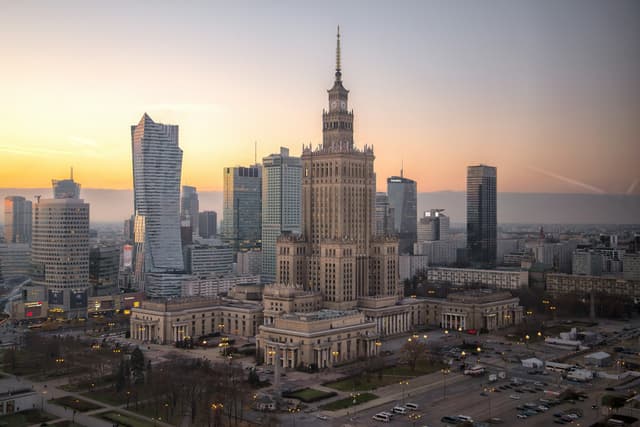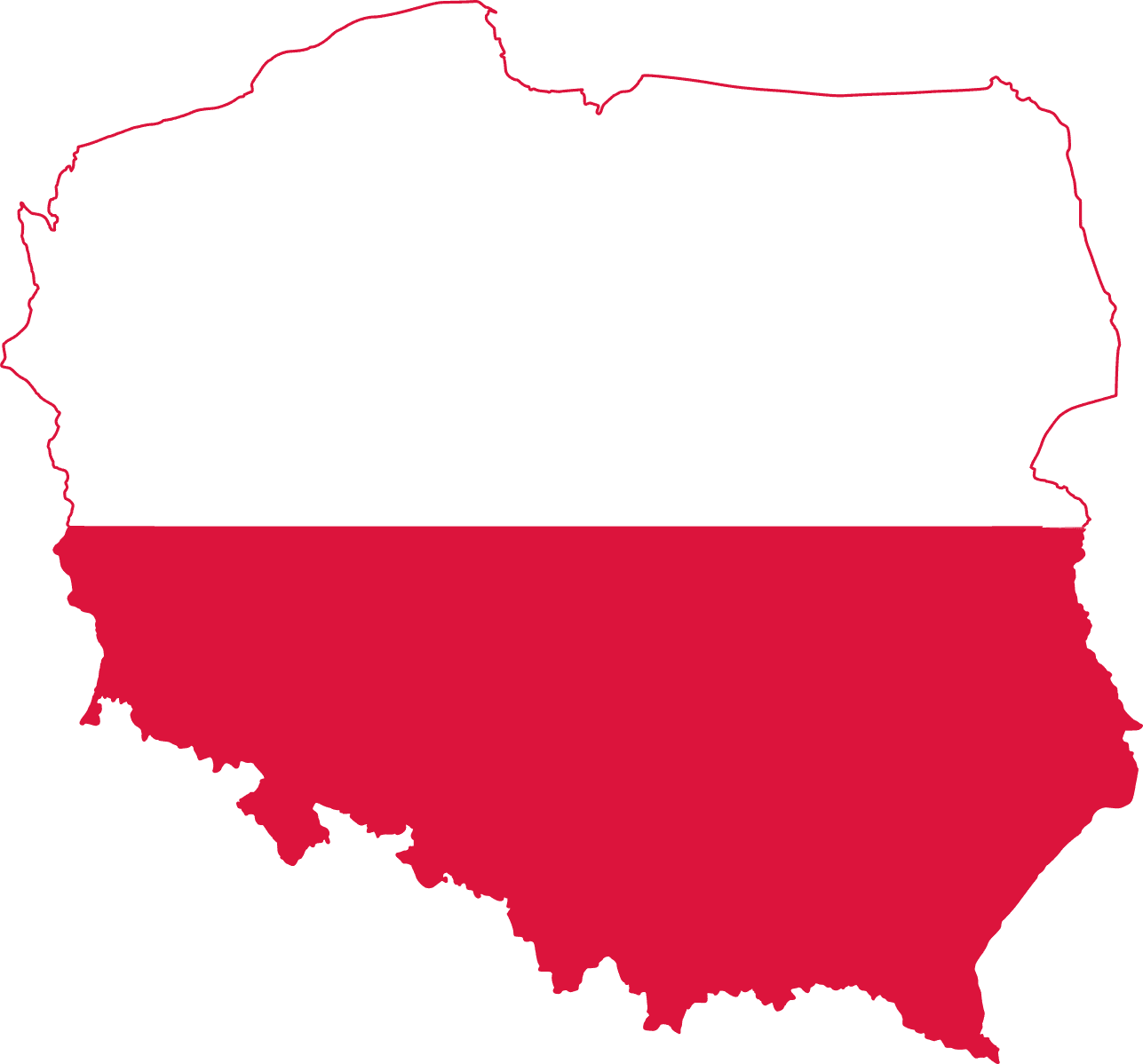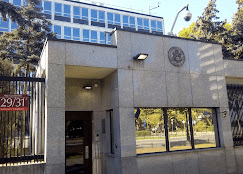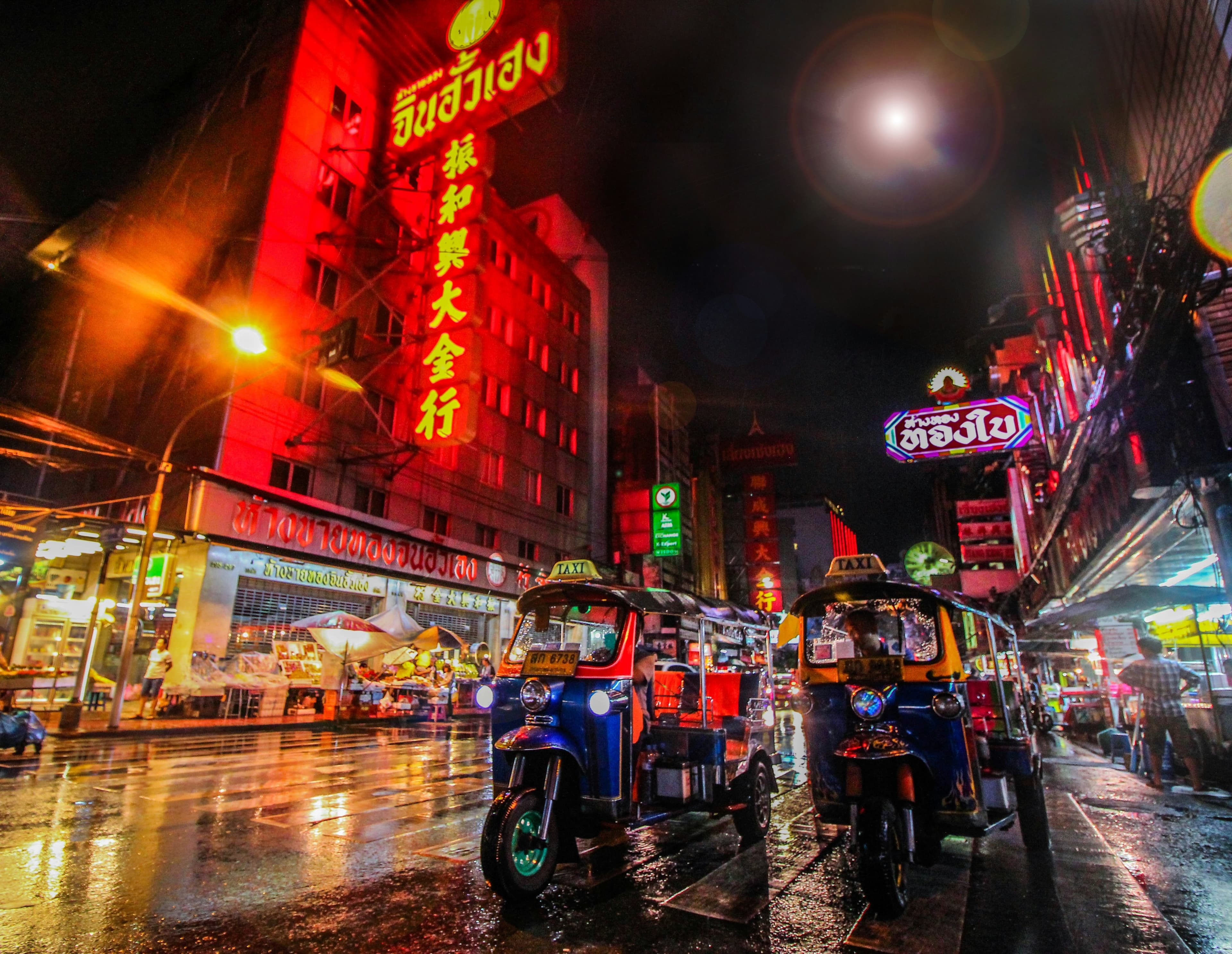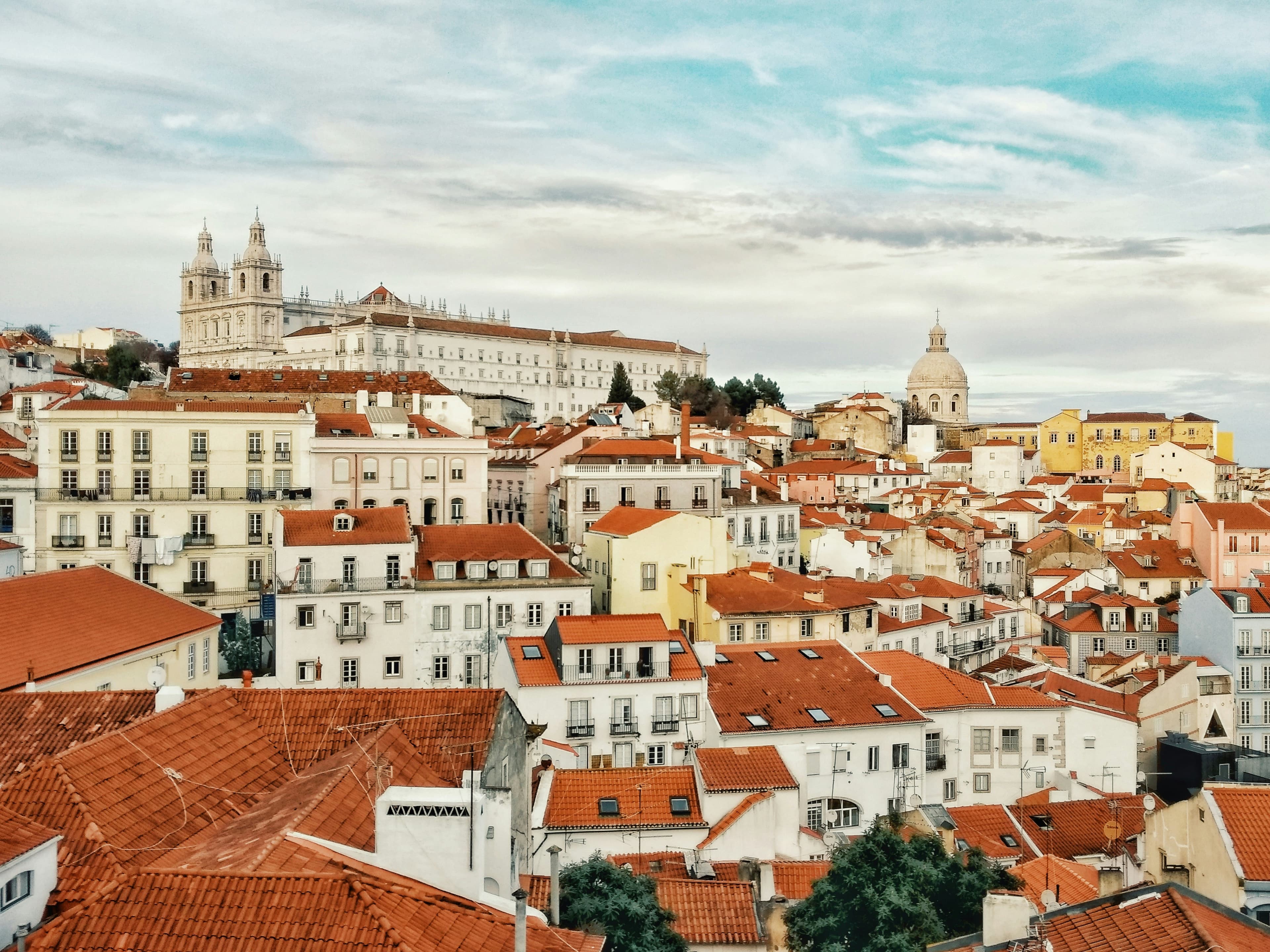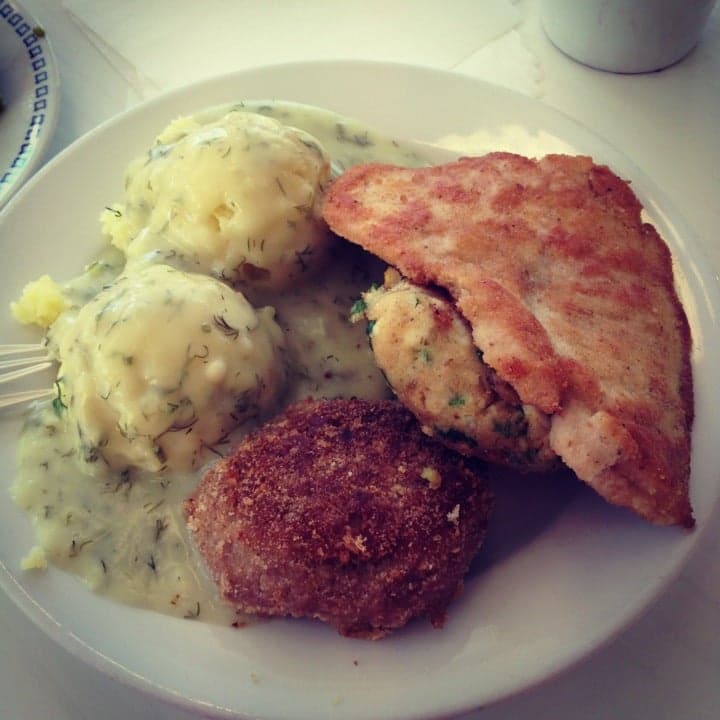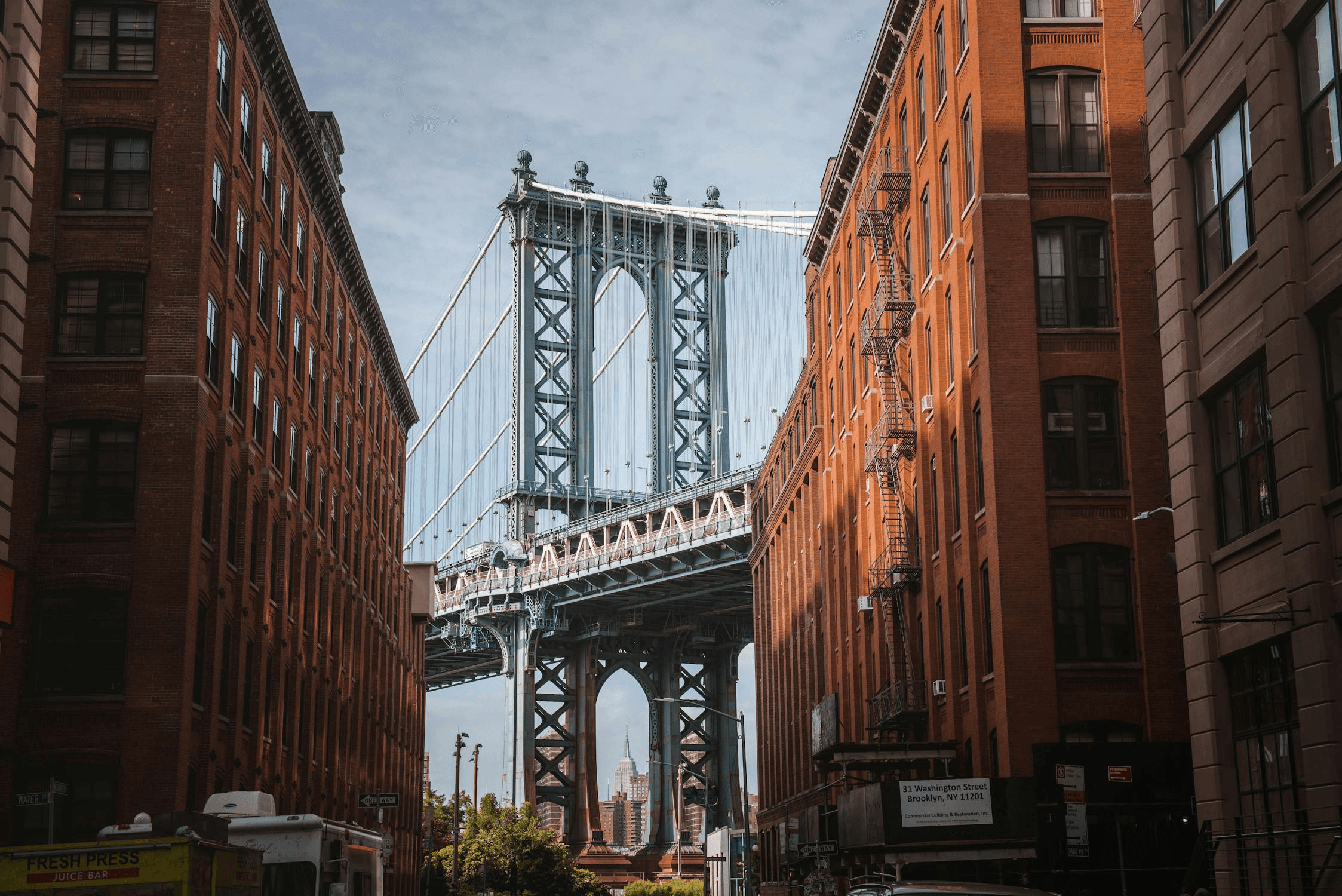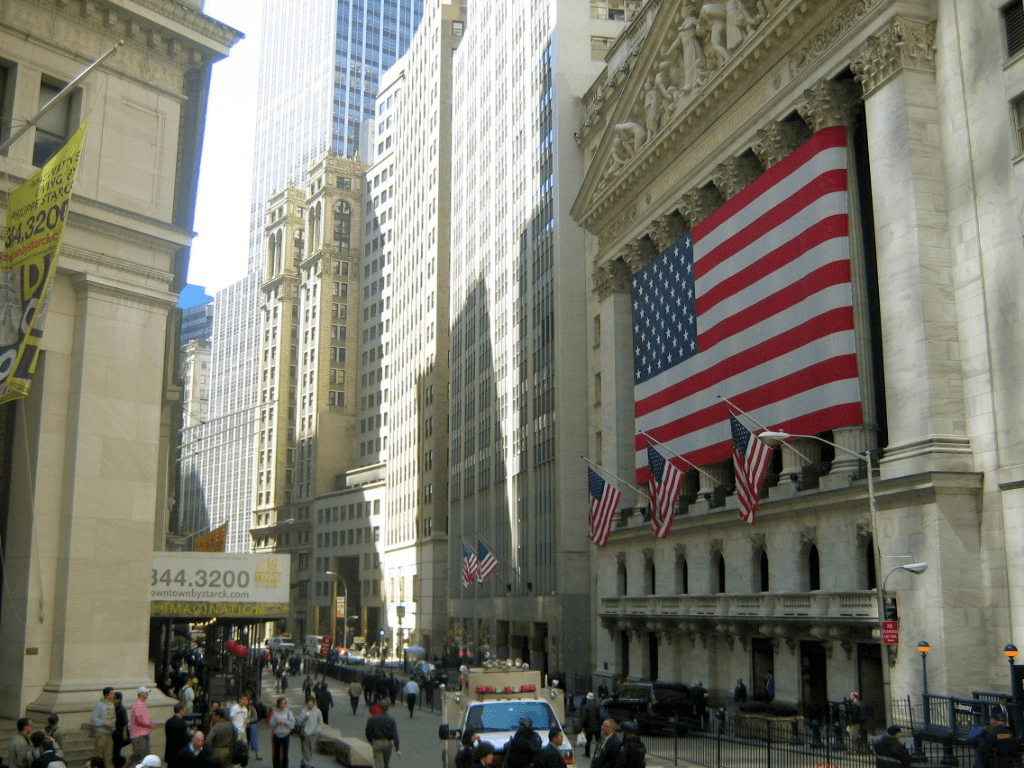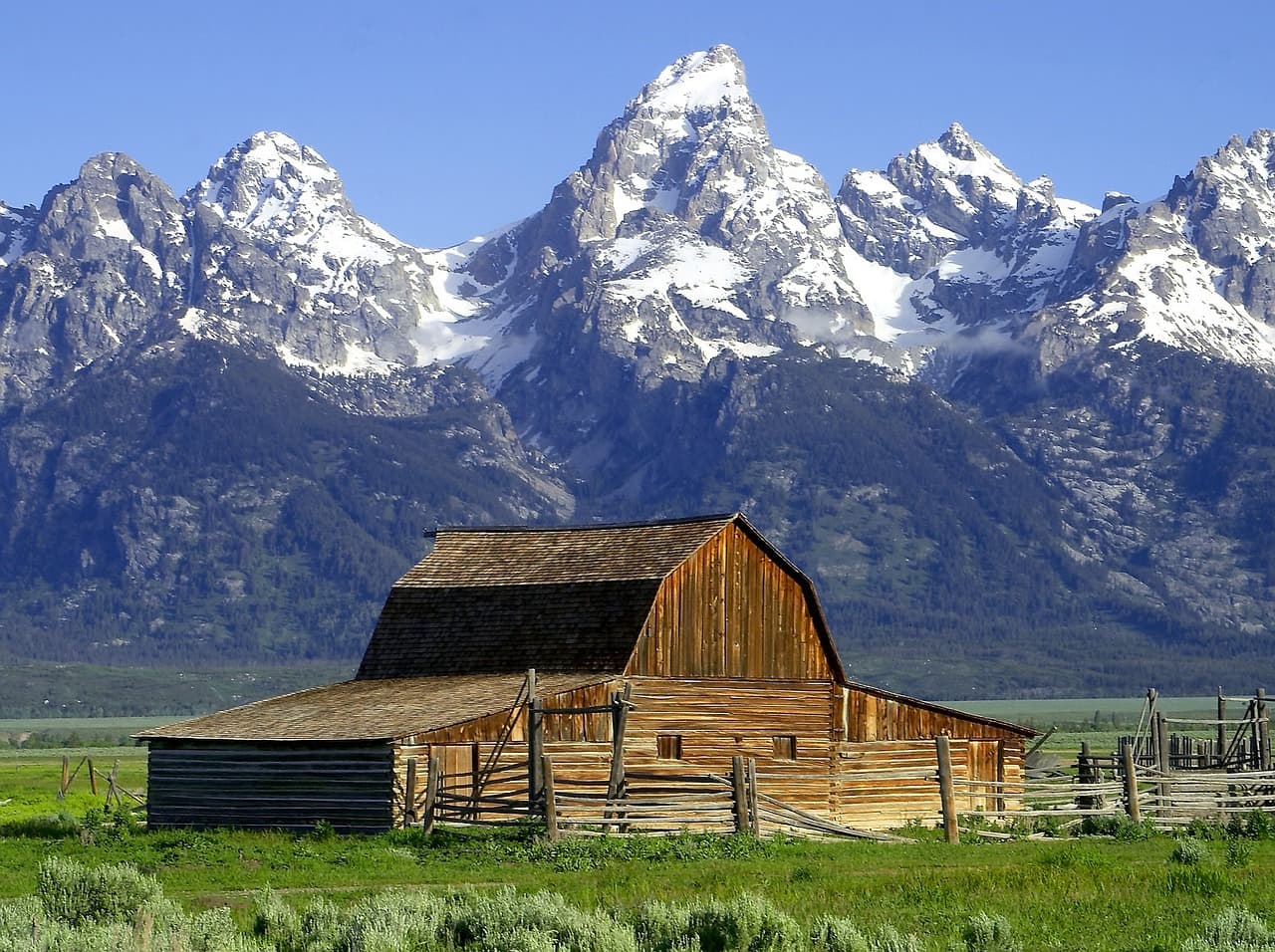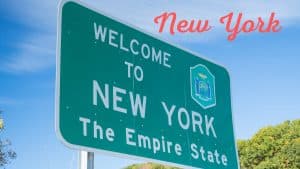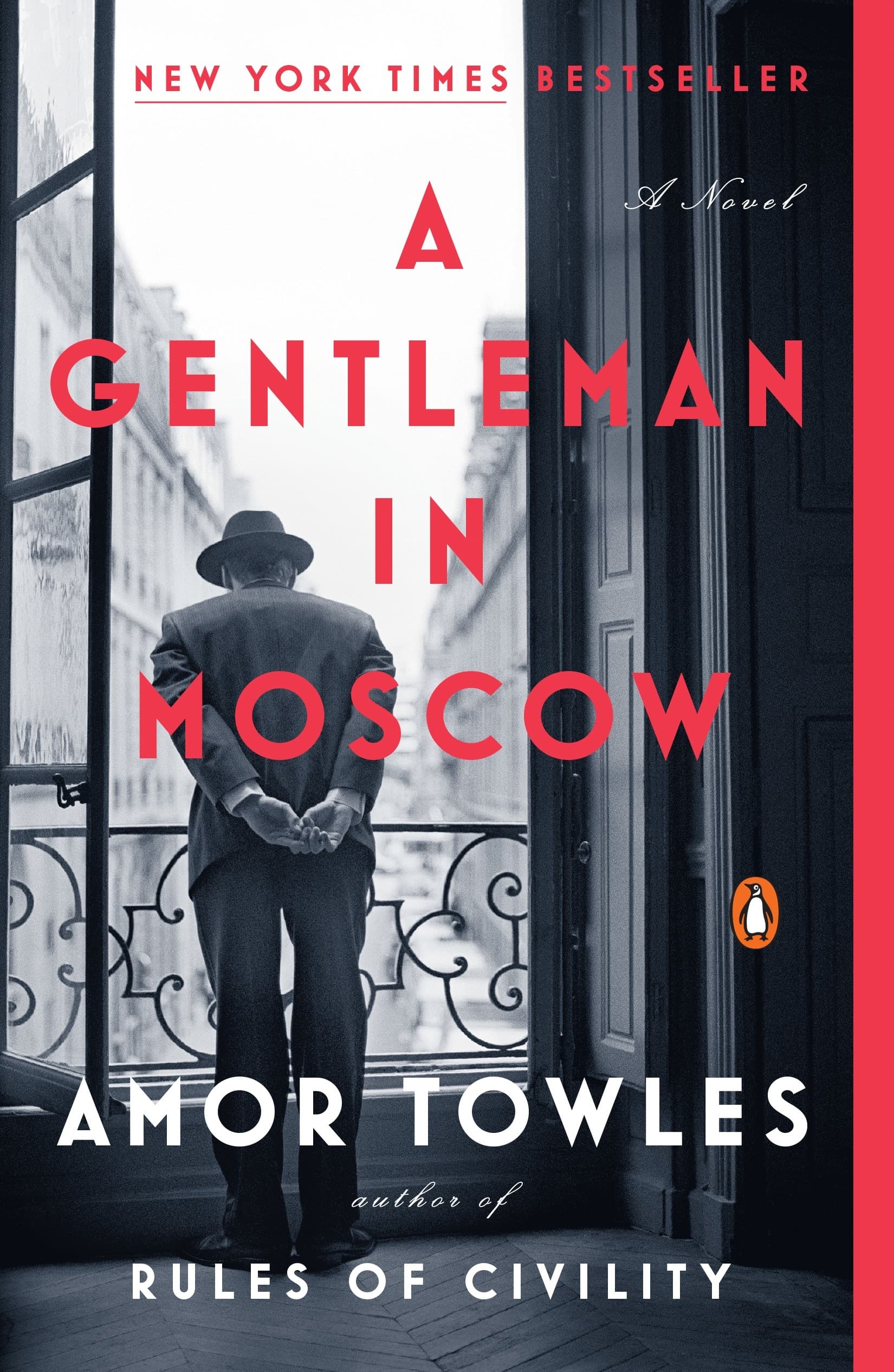Bydgoszcz vs. Warsaw, Poland
Bydgoszcz
Bydgoszcz is a city in northern Poland, the largest in the Kuyavian-Pomeranian Voivodeship, and one of the country’s key historical, cultural, and economic centers. With a population of around 325,000 and a metropolitan area of approximately 600,000, it is Poland’s ninth-largest city. Located at the meeting point of the Brda and Vistula rivers, it has long been an important trade and transport hub, shaped by centuries of history and natural beauty. Though it is often overlooked by international travelers in favor of Poland’s larger cities, Bydgoszcz is an undiscovered gem with a vibrant cultural scene, beautiful waterfronts, and a dynamic urban atmosphere. A City of Water and Green Spaces One of the defining features of Bydgoszcz is its relationship with water. The city is sometimes referred to as the "Venice of Poland" due to its picturesque riverbanks, islands, and canals. The Brda River runs through the heart of the city, creating scenic waterfront areas and making Bydgoszcz a m...
Warsaw, Poland
Warsaw is the capital of Poland, sitting on the Vistula River in the east-central part of the country. With nearly 1.9 million people in the city and over 3 million in the wider metropolitan area, it’s Poland’s biggest city. It’s a place where old and new collide—modern skyscrapers stand next to rebuilt historic districts, and its skyline is a mix of glass towers and ornate churches. The Old Town, destroyed in World War II and painstakingly rebuilt, is now a UNESCO World Heritage Site. Walking through its cobblestone streets, you’ll find the Royal Castle and the colorful Market Square. Not far off is the Royal Route, a stretch of old palaces, churches, and the Presidential Palace, leading down to the grand Wilanów Palace and its gardens. Despite the scars of war—most of the city was flattened during WWII—Warsaw bounced back fast. The post-war communist era left a mark with grey apartment blocks and the towering Palace of Culture and Science, a gift from the Soviet Union that’s still...
Reviews
Reviewed on 2/27/2025
Reviews
Reviewed on 2/25/2025
Friendly towards foreigners. Affordable. Most people speak English. Safe. Not great in the winter though. The weather is crap, you never get to see the sun, and air quality gets bad. Still, summers in Warsaw are great, so I give it 4 stars.
| Item | Votes | Upvote |
|---|---|---|
| Small and manageable | 1 | |
| Lots of water and clean rivers | 1 |
| Item | Votes | Upvote |
|---|---|---|
| No cons yet, would you like to add one? | ||
| Item | Votes | Upvote |
|---|---|---|
| Fun | 2 | |
| Affordable | 2 | |
| Safe | 2 | |
| Most people speak English | 2 |
| Item | Votes | Upvote |
|---|---|---|
| Practically no sunlight in the winter | 1 |
Frequently Asked Questions
Bydgoszcz is often referred to as the 'rowing capital of Poland' and offers extensive opportunities for water sports, particularly rowing, thanks to its scenic rivers and well-maintained regatta course. The city also features numerous parks and cycling paths, making it ideal for outdoor enthusiasts. In contrast, while Warsaw has green spaces like Łazienki Park and the Vistula Riverbanks, it is more urbanized and may not provide the same level of outdoor activities as Bydgoszcz.
Warsaw has a more complex and significant historical narrative, particularly due to its role during World War II and its subsequent reconstruction. The Old Town of Warsaw is a UNESCO World Heritage Site, showcasing its historical importance. Bydgoszcz, while rich in history, particularly as a trade hub, does not have the same level of historical recognition or events as Warsaw, making Warsaw the more historically significant city.
Warsaw boasts a more extensive and diverse cultural scene, with numerous festivals, concerts, and a variety of museums reflecting its rich history and modern vibrancy. It hosts events like jazz festivals and classical concerts, particularly those related to Chopin. Bydgoszcz has a thriving arts scene, especially in music, but it is smaller in scale compared to Warsaw's offerings, making Warsaw the more vibrant cultural hub.
Bydgoszcz is generally considered more affordable for travelers compared to Warsaw. The cost of dining, accommodation, and activities tends to be lower in Bydgoszcz, making it an attractive option for budget-conscious visitors. Warsaw, while still affordable, has a wider range of high-end options that can increase overall travel costs.
Bydgoszcz is often described as a hidden gem with a laid-back atmosphere, making it ideal for those looking to escape the hustle and bustle of larger cities. Its smaller size and abundance of green spaces contribute to a more relaxed experience. Warsaw, while vibrant and full of activities, can feel more hectic due to its size and urban environment, making Bydgoszcz a better choice for a tranquil getaway.
Bydgoszcz has several pros, including being small and manageable, which makes it easy to explore. Additionally, the city boasts lots of water and clean rivers, providing beautiful waterfronts and opportunities for water sports. Currently, there are no cons listed by users.
Bydgoszcz is known for its picturesque waterways, earning it the nickname 'Venice of Poland.' The city features a vibrant cultural scene, rich architectural heritage, and is recognized as the 'rowing capital of Poland' due to its strong tradition in water sports. It also has a growing culinary scene and lively nightlife.
In Bydgoszcz, visitors can enjoy a variety of outdoor activities, including rowing on the Brda River, cycling along well-maintained bike paths, and exploring the extensive green spaces like Myślęcinek Park. The city also hosts international competitions in various sports, making it a hub for athletic events.
Bydgoszcz has a thriving cultural scene, particularly known for its connection to music. The city is home to the Feliks Nowowiejski Academy of Music and the Pomeranian Philharmonic, which hosts numerous music festivals. Additionally, Bydgoszcz has a strong jazz scene and a rich history of film culture.
Bydgoszcz has a complex history, originally granted city rights in 1346. It has served as an important military and trade center under various rules, including Prussian and Polish. The city experienced significant industrial growth in the 19th and 20th centuries and has a rich architectural heritage reflecting its historical significance.
Visitors to Bydgoszcz can try local specialties such as pierogi (Polish dumplings), żurek (sour rye soup), and freshwater fish from nearby lakes and rivers. The culinary scene features a mix of traditional Polish eateries and modern bistros, many of which are located along the scenic Brda River.
The pros of visiting Warsaw, Poland include its affordability, safety, and the fact that most people speak English, making it accessible for tourists. Additionally, the city is fun to explore with a mix of modern and historic attractions. However, a notable con is the lack of sunlight during the winter months, which can affect the overall experience.
Warsaw, the capital of Poland, has a complex history marked by destruction and resilience. Most of the city was flattened during World War II, but it was painstakingly rebuilt and is now a UNESCO World Heritage Site. The city remembers its past with museums like the POLIN Museum and monuments commemorating the Warsaw Uprising.
In Warsaw, you can explore the Old Town, visit the Royal Castle, and stroll through Łazienki Park. The city also offers a vibrant cultural scene with jazz festivals, classical concerts, and a buzzing nightlife. Food enthusiasts can enjoy traditional Polish dishes as well as modern cuisine in various restaurants and cafes.
Warsaw experiences typical Central European weather, with cold, snowy winters and warm, sometimes stormy summers. Spring and autumn can be mild and pleasant, but the weather can change quickly, so it's advisable to be prepared for varying conditions.
Yes, Warsaw is considered safe for tourists. The city has a low crime rate, and many visitors report feeling comfortable while exploring its streets and attractions. However, as with any major city, it's always wise to stay aware of your surroundings and take standard safety precautions.

